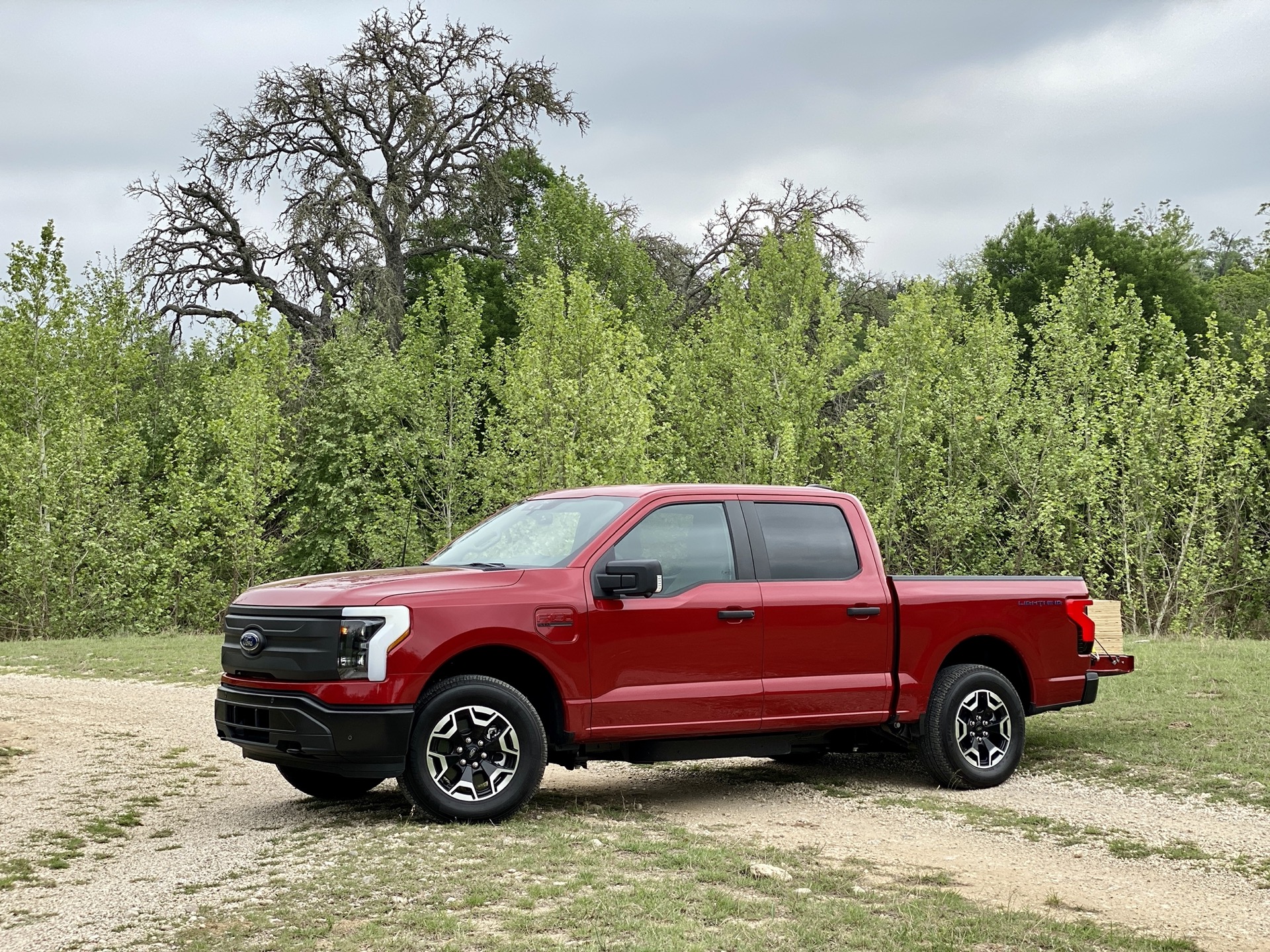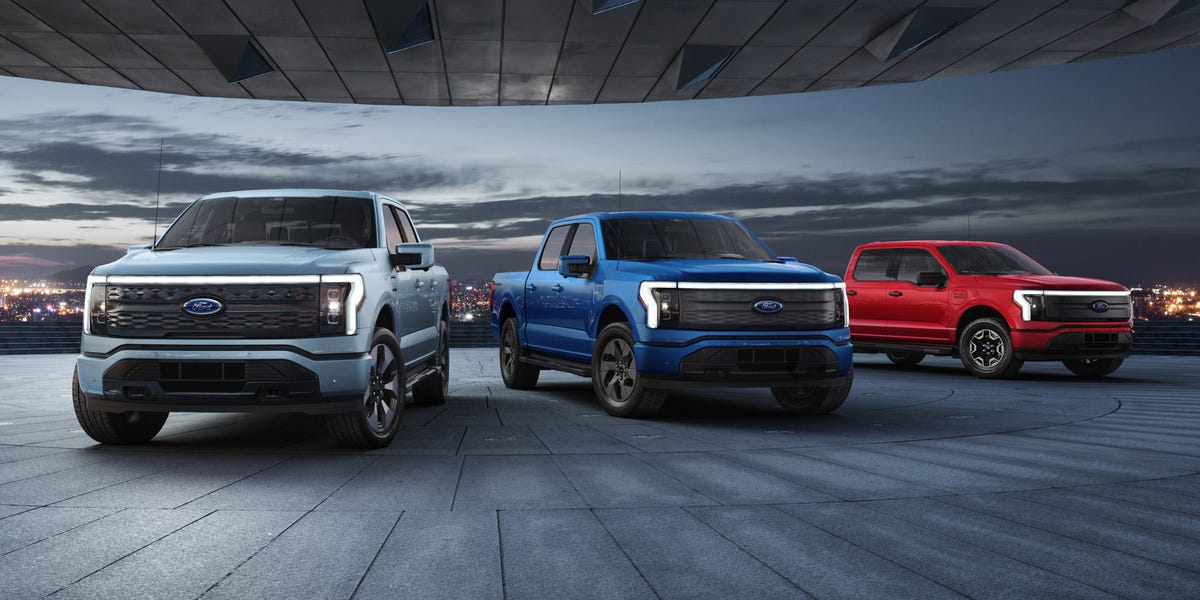While your statement is correct, the "starting price under 40k" vehicle trim is ment for commercial applications only, and certainly does not have the ability to do "9.6kW". The vehicle they expect regular people to start with is the XLT, that supposedly starts in the mid 50s, (before incentives) and still does not come with the 9.6kW battery at that price point.
While I think this vehicle will be successful, with the top battery trim offering "up to" 300 miles (and that wont be the mid 50k version), I am hoping people are not buying into that specific hype of "up to 9.6k battery starting under 40k" because that configuration doesnt exist.
The new electric pickup is available in XLT, Lariat, and Platinum models, and a base model is coming, too. This is the equipment each one gets.

www.caranddriver.com
(XLT starts at 55k, lariat starts at 59k, and the "XLT" is the entry level "non work truck" version)





